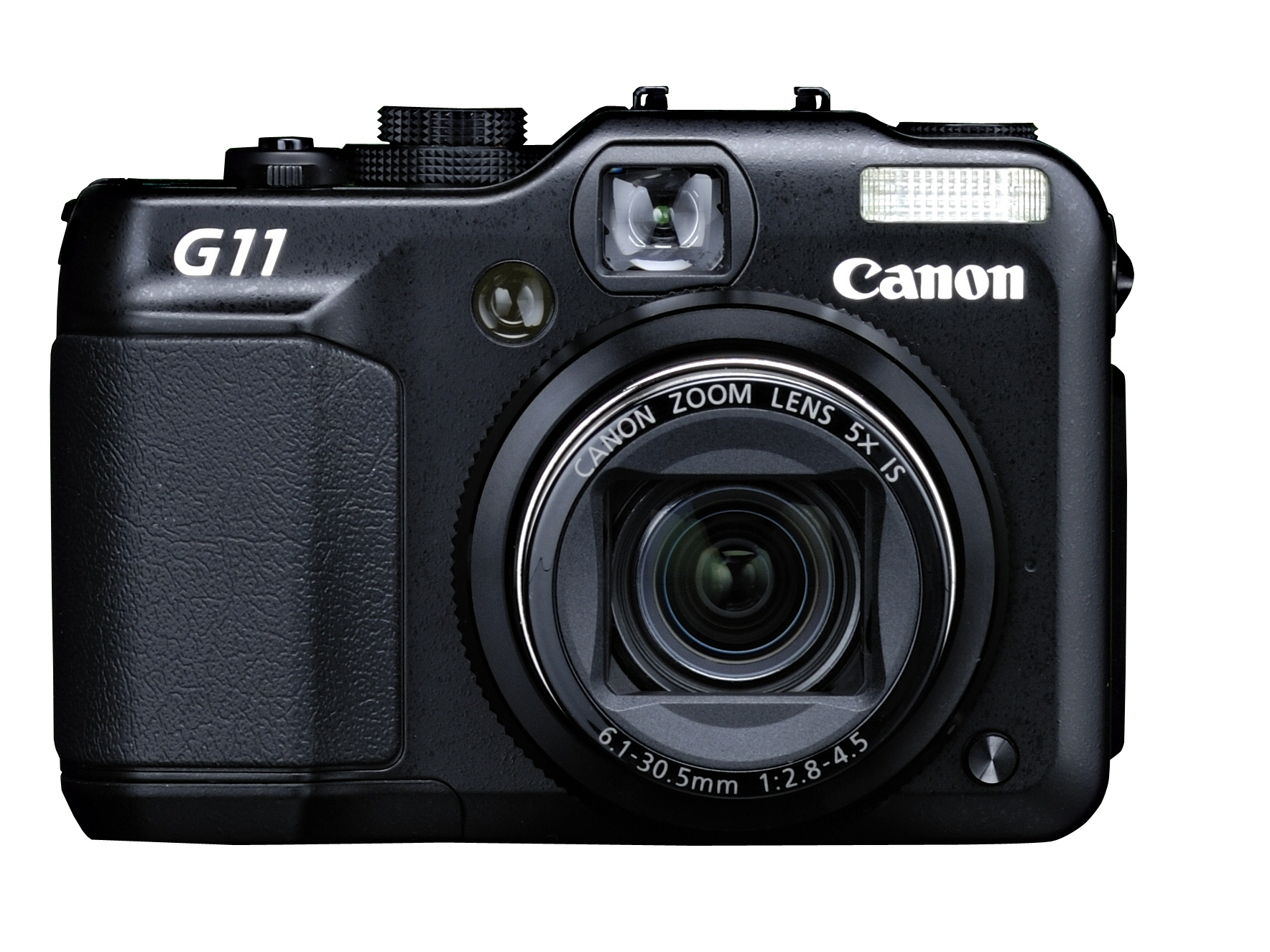Why you can trust TechRadar
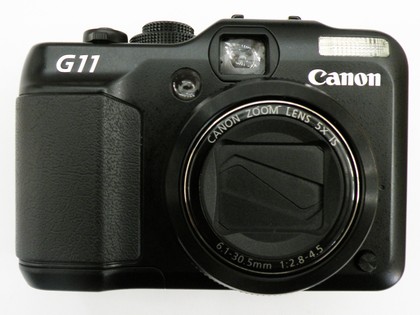
Take the Canon PowerShot G11 out of the box and the differences to the G10 are immediately obvious.
It's fatter and deeper for a start, thanks to the all-new swivelling LCD housing.
While it's good to have this new screen as a compositional tool, the extra bulk of the PowerShot G11 will not be to everyone's taste.
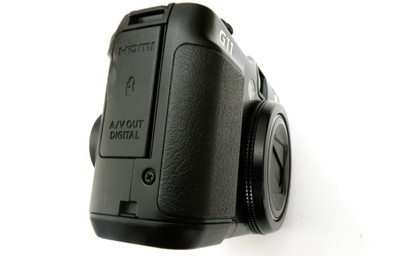
It fits into a jacket pocket OK, but you'll struggle to get it into your trousers unless you wear comedy baggies or cargo shorts - there's no way you'd describe the G11 as slimline.
Which rather reduces its appeal for SLR owners seeking a slimmer, more portable alternative to their main camera.
Of course, the elegantly designed lens is recessed with the body when the camera turns off, which helps, but the lens cover doesn't look particularly sturdy - we strongly recommend you get a sturdy pouch for this relatively pricey compact.
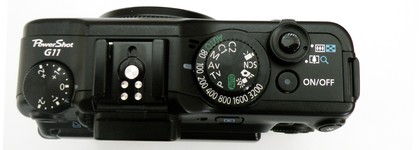
Build quality
In terms of handling and build, the PowerShotG11 is clearly made to last, with a reassuringly tough hinging mechanism for the LCD.
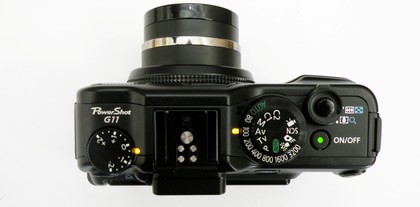
Look at the top, and you notice Canon's ingenious pairing of the PASM exposure mode dial with a secondary ISO dial beneath it.
This is a very elegant solution, as you can set the ISO at the same time as you change or adjust exposure mode.
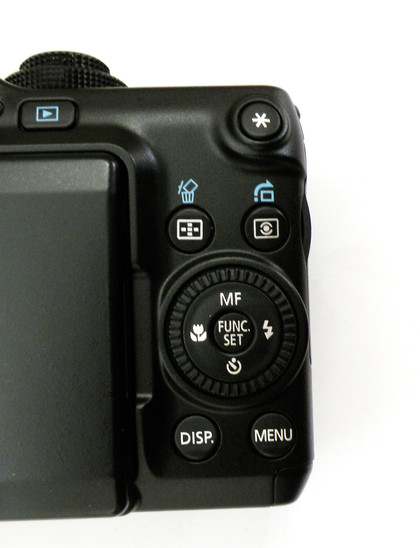
It's certainly neater than the separate ISO button (or menu-only option) you get with many SLRs. Just remember that the ISO wheel is just that, a manual wheel, so it will stay at whatever previous ISO setting you used until you adjust it again.
Fortunately, you're unlucky to accidentally change ISO as you change exposure mode, as the two wheels are quite separate - it's really well designed.
Misc features
To the left of these wheels is another great feature, a dedicated exposure compensation wheel. Again you have to wonder why such a feature hasn't been integrated into modern budget SLRs.
Being able to darken or lighten exposure via the wheel is a real time saver; although the exposure increments are limited compared to a higher-end SLR, you instantly see the effects of adjusting the compensation on the image in the LCD, thereby increasing your hit rate.
The shutter release and zoom lever are well integrated too, though the shutter release is a bit too close to the on/off switch.
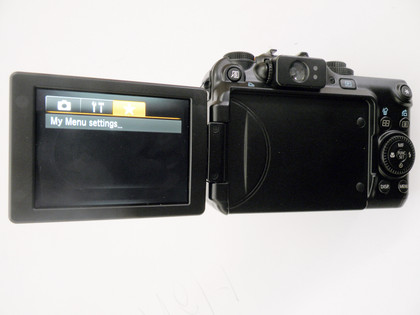
As mentioned, the flip out LCD swivels through a range of helpful angles, and isn't too stiff. In terms of handling and interface, our biggest gripe is the cramped arrangement of buttons and dials to the right of the LCD.
Several times we accidentally activated the metering mode button or function setting button while manipulating the LCD or just picking the camera up.
This could get really annoying and we can't help thinking that Canon has sacrificed some elegance and usability for the sake of that fancy new swivelling screen. The menu system on the PowerShotG11 is clear and bright, and certainly as logical and legible as he menus on Canon EOS SLRs.
Interface
Menu option that reveal more options have an ellipsis (...) after them and it's all very straightforward. The aforementioned Function Setting button enables you to adjust key image settings such as White Balance, picture styles and flash compensation.
You also access the built-in Neutral Density filter this way. We really like this feature, as it does a good job of emulating a physical ND filter for darkening an over-bright sky.
Before we move onto to discussing image quality and exposure, other noteworthy features include a bewildering range of Scene Modes (everything from Beach to Fireworks to Color Swap) and the ability to boost, and even swap, colours in camera.
As for movie mode, the video maxes out at 640 x 480 @30 frames per second, so high-definition it ain't. Again, this makes the PowerShotG11 look relatively pricey, when you consider you can get the even more versatile Nikon D90 SLR with HD video for £800 if you shop around.
Current page: Canon PowerShot G11: Features
Prev Page Canon PowerShot G11: Overview Next Page Canon PowerShot G11: Image quality